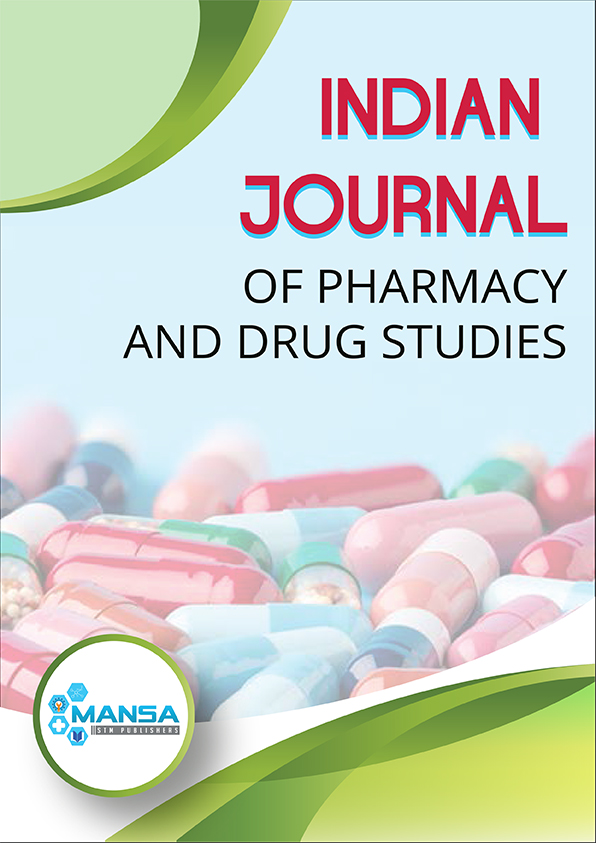Evaluate the Effectiveness of Phytochemical, Physicochemical and Mineral Analysis of Moringa oleifera (Drum Stick Leaves)
Keywords:
Moringa oleifera Lam, Phyochemical, Physiochemical, Mineral, Dietary nutaceuticalAbstract
Moringa oleifera Lam (Moringaceae) is one of the most adaptable plants in the world. M. Oleifera is used in nature to treat a variety of diseases and is now available without a prescription in the form of a herbal infusion. They are thought to cure a variety of ailments in the native medicine system. The presence or absence of such plant synthesized primary and secondary metabolites determines the values of food and medicine. The aim of this analysis was to assess the phytochemical elements, physicochemical properties, and nutritional values of dried M. Oleifera leaf powder using a qualitative test. M. Oleiferais used medicinally due to the presence of active phytochemical constituents such as alkaloids, flavonoids, hormones, phenols, and carbohydrates. Ash (6.18%), Moisture (70.27%), Fiber (20.26%), Carbohydrates (40.40%), Protein (27.73%), Fat (2.24%), Tannin (22.16%), Phytates (0.37g/100g), Vitamin C (0.86 mg/g), Beta-carotene (18.21 mg/100g), and Folic Acid (0.95 mg/100g) are among the physicochemical properties studied.Mineral research that may be involved has been examined, and its wide-ranging activities have been held responsible. Moringa leaves have been shown to be a good source of dietary nutraceuticals as well as essential characteristics for potential nutritional and technological applications
Downloads
Downloads
Published
Issue
Section
License

This work is licensed under a Creative Commons Attribution-NonCommercial-NoDerivatives 4.0 International License.




